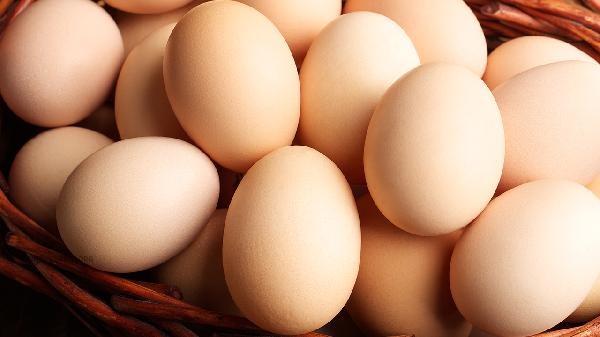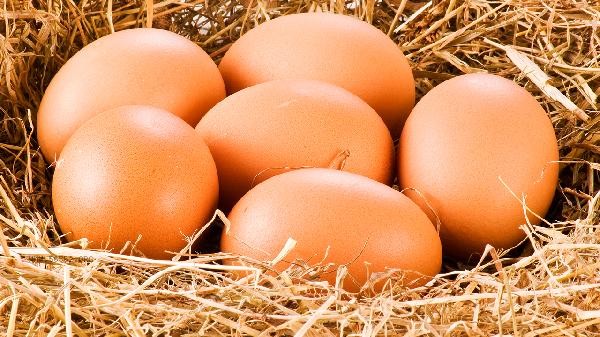Add a small amount of white vinegar or salt when boiling eggs, cool them down and soak them in ice water for easier peeling. The difficulty in peeling eggs is mainly related to factors such as the adhesion of the inner membrane of the eggshell, improper control of cooking temperature, and freshness.

1. Boil eggs with white vinegar
Before boiling eggs, add a spoonful of white vinegar to the water. An acidic environment can soften the inner layer of the eggshell. Acetic acid reacts with calcium carbonate to loosen the structure of the eggshell, and after cooling, the eggshell separates more thoroughly from the protein. This method is suitable for eggs with high freshness, and the cooking time should be controlled within 8-10 minutes.
2. Salt regulates osmotic pressure
Adding salt to boiling water can change the osmotic pressure of water, promoting the separation of protein from eggshell membrane. The optimal salt concentration is 5 grams per liter of water, and immediately rinse with cold water after cooking. This method has a significant effect on eggs stored for 3-5 days, reducing protein residue.
3. Rapid cooling with ice water
Boil eggs quickly and soak them in ice water for 3 minutes, using the principle of thermal expansion and contraction to shrink the eggshell. The temperature difference causes a gap between the eggshell and the protein, which can be easily separated during peeling. Note that the ice cubes should completely cover the eggs, and the cooling time should not exceed 5 minutes.

4. Knocking and Rolling Method
Gently tap the boiled egg on the table until cracks appear on the surface, and roll it with your palm to evenly distribute the cracks. Cracks damage the integrity of eggshells, and after cooling, water seeps into the gaps to reduce adhesion. This method requires controlling the impact force to avoid protein damage.
5. Control Freshness
Eggs stored for 7-10 days are easier to peel, as the increased air chamber reduces the adhesion of the inner membrane. Fresh eggs are recommended to be boiled using steam method, with water boiling and then steamed for 12 minutes over water. Old eggs need to be boiled for a shorter period of time to avoid the deposition of iron sulfide, which can cause the yolk to turn green.

Choosing eggs of uniform size can ensure consistent heating, and when cooking, the water should completely submerge the egg body. Starting from the air chamber end during peeling can improve the success rate. If there is still adhesion, water flushing can be used as an auxiliary. Daily storage of eggs should be kept dry and ventilated, and the temperature should be controlled at around 4 ℃ to extend the optimal shelf life. For situations that require a large amount of preparation, it is recommended to use a professional steamer to control temperature and time parameters.








Comments (0)
Leave a Comment
No comments yet
Be the first to share your thoughts!